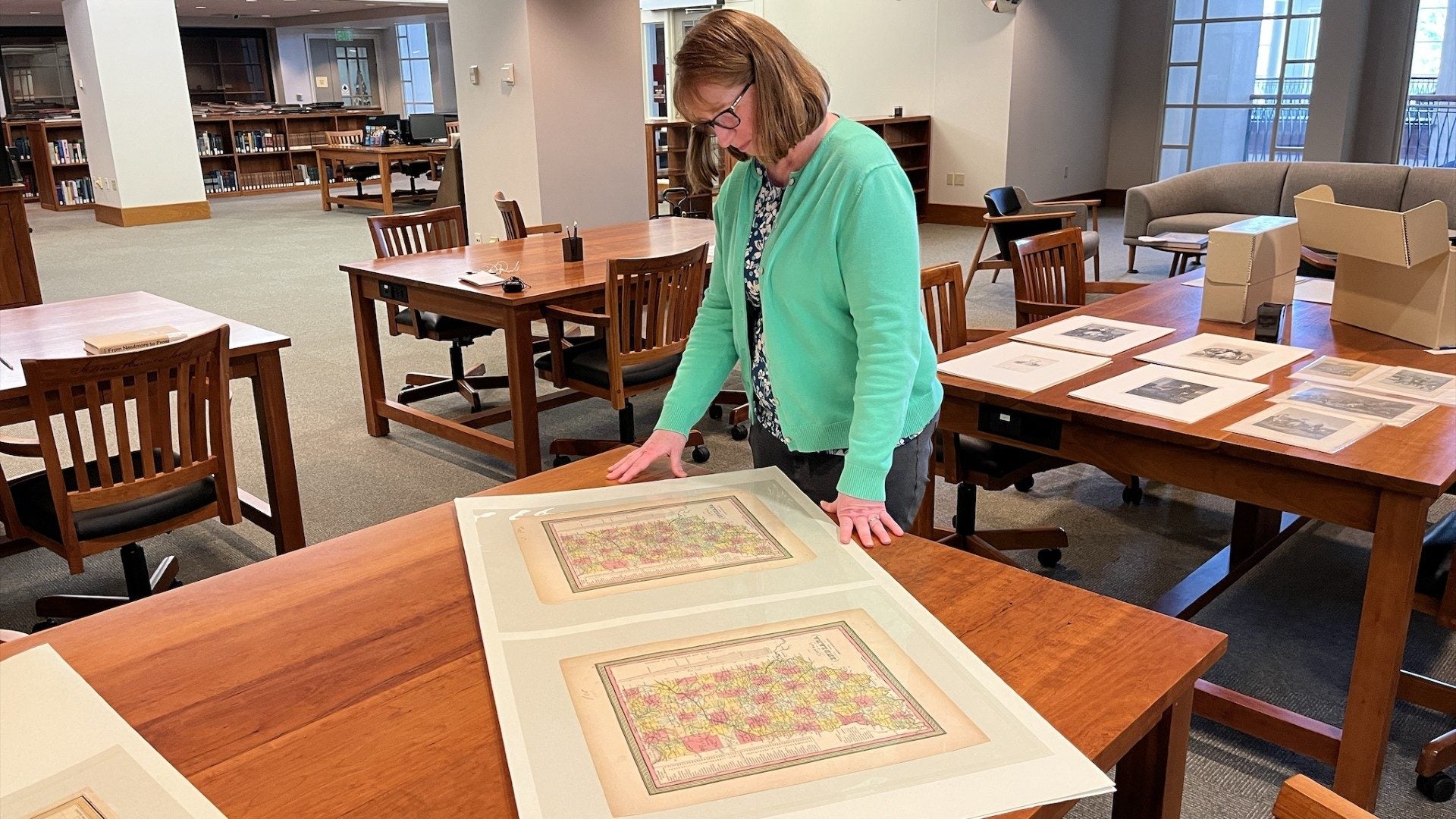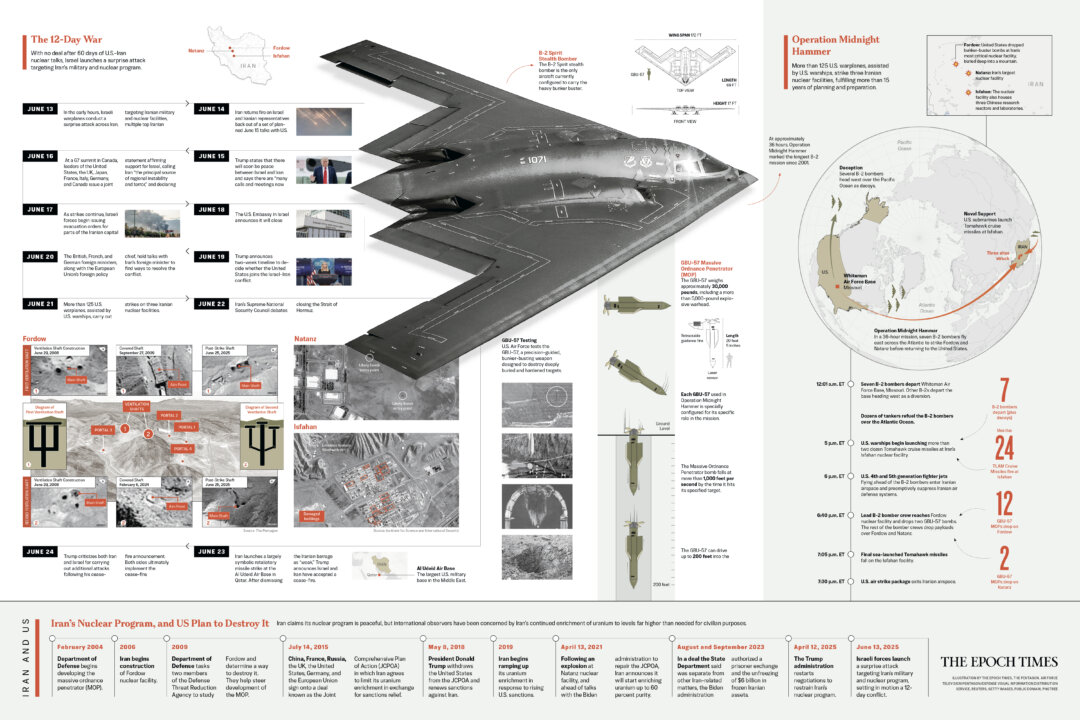The profound influence of the American Revolution on the geographical and cultural landscape of the United States is nowhere more vividly illustrated than through the unique case of Indiana. A remarkable 44 of the state’s 92 counties bear the names of individuals who played pivotal roles in the Revolutionary War, directly linking the Hoosier State’s foundational identity to the nation’s struggle for independence. This deep historical imprint underscores how the valor and vision of that era continue to resonate, effectively demonstrating how the American Revolution literally wrote the map of Indiana.
This widespread naming convention extends far beyond mere tribute; it represents a deliberate and strategic effort by early state founders to embed the narrative of national independence and the values of liberty into the very fabric of the new republic’s expanding territories. As the fledgling United States grew westward, the establishment of governmental structures and geographical divisions became an opportunity to solidify national identity and acknowledge the sacrifices that birthed the nation. The choice of Revolutionary figures for county names served as a constant civic lesson, a tangible connection to the foundational principles upon which the nation was built.
Prominent Founding Fathers such as George Washington, John Adams, Thomas Jefferson, John Hancock, and James Madison are among those unequivocally honored, their legacies literally inscribed onto the map of Indiana. Beyond these well-known figures, countless other generals, statesmen, and lesser-known heroes of the American Revolution are also commemorated, turning the state’s cartography into a living monument. Each county name acts as an enduring echo of the past, offering residents a direct, geographical link to the figures who shaped early US history and secured the freedoms we now cherish.
This historical practice highlights a fascinating intersection of history and cartography, showcasing how national historical events directly shaped local governmental structures and geographical divisions in Indiana. Early settlers and policymakers, many with direct or indirect ties to the Revolutionary War, sought to infuse the spirit of independence into the developing state. The result is a rich tapestry of heritage woven into everyday place names, transforming historical maps of Indiana into chronicles of national memory and sacrifice.
The strategic naming of these counties serves as a continuous reminder of the sacrifices made and the enduring ideals established during a formative period of American history. It reflects a profound understanding among early state leaders that the physical landscape could serve as a powerful pedagogical tool, instructing future generations about their heritage. This embedded historical memory in Indiana history reinforces the importance of liberty, self-governance, and the revolutionary spirit that defined the birth of the nation.
For residents of contemporary Indiana, this deep historical imprint offers more than just a historical curiosity; it provides a tangible connection to the past. Driving through counties like Washington, Jefferson, or Hancock, one is subtly reminded of the foundational narratives of the United States. This ongoing resonance of the Revolutionary era in modern-day Indiana proves how deeply the events and personalities of that pivotal conflict influenced the very political and geographical boundaries of an entire state, shaping not just its administrative divisions but also its collective memory embedded within the land itself.
Discover more from The Time News
Subscribe to get the latest posts sent to your email.






